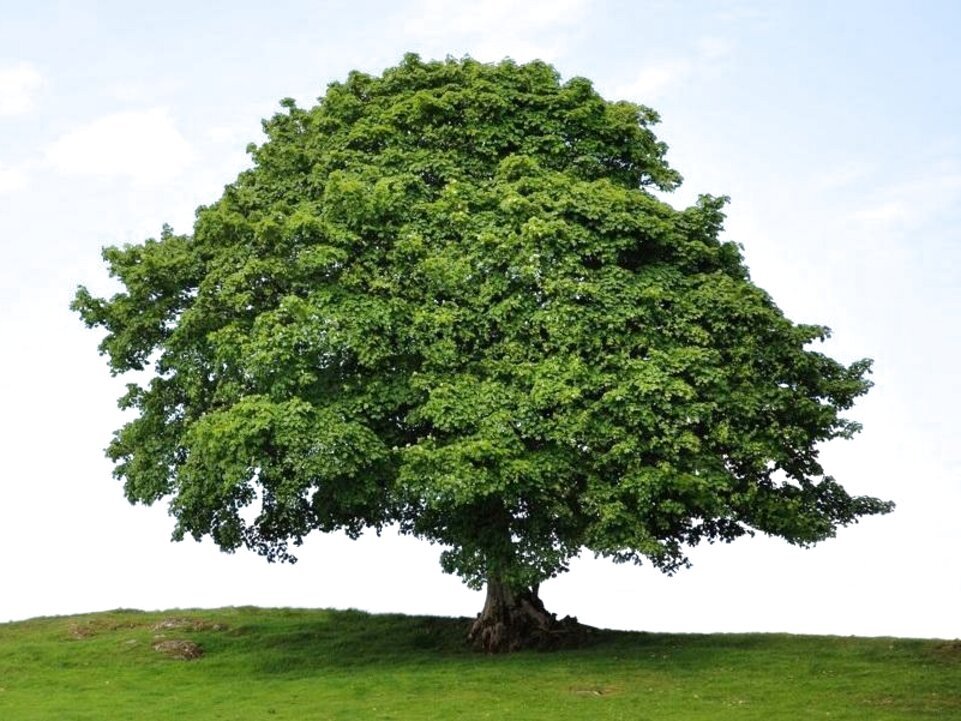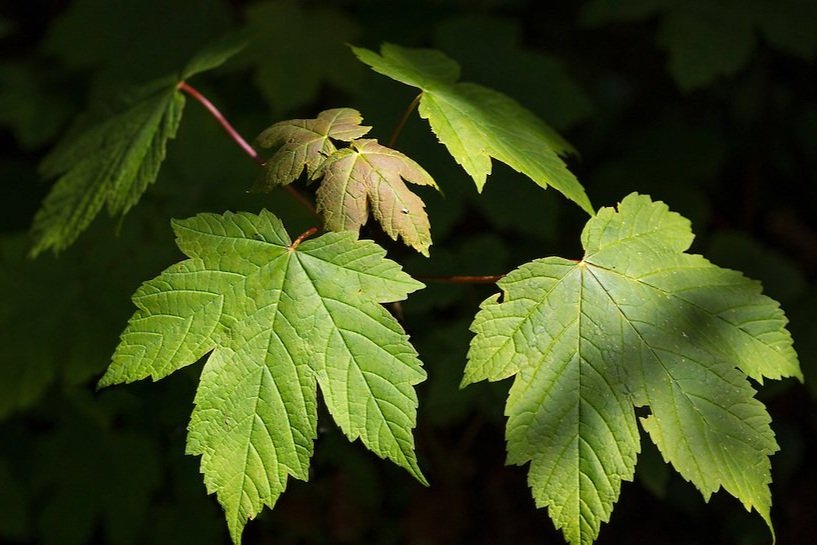Sycamore Tree (Acer pseudoplatanus) Sapling
400 Years
“These broadleaf trees can grow to 35m and live for 400 years. The bark is dark pink-grey, and smooth when young, but becomes cracked and develops small plates with age. Twigs are pink-brown and hairless.” Familiar, romantic, sticky. Sycamore might have been introduced by the Romans or in the 1500s. Since then, it’s colonised woodland becoming a source of food and shelter for wildlife including aphids that leave behind their tacky honeydew.
400 Years
“These broadleaf trees can grow to 35m and live for 400 years. The bark is dark pink-grey, and smooth when young, but becomes cracked and develops small plates with age. Twigs are pink-brown and hairless.” Familiar, romantic, sticky. Sycamore might have been introduced by the Romans or in the 1500s. Since then, it’s colonised woodland becoming a source of food and shelter for wildlife including aphids that leave behind their tacky honeydew.
400 Years
“These broadleaf trees can grow to 35m and live for 400 years. The bark is dark pink-grey, and smooth when young, but becomes cracked and develops small plates with age. Twigs are pink-brown and hairless.” Familiar, romantic, sticky. Sycamore might have been introduced by the Romans or in the 1500s. Since then, it’s colonised woodland becoming a source of food and shelter for wildlife including aphids that leave behind their tacky honeydew.
















